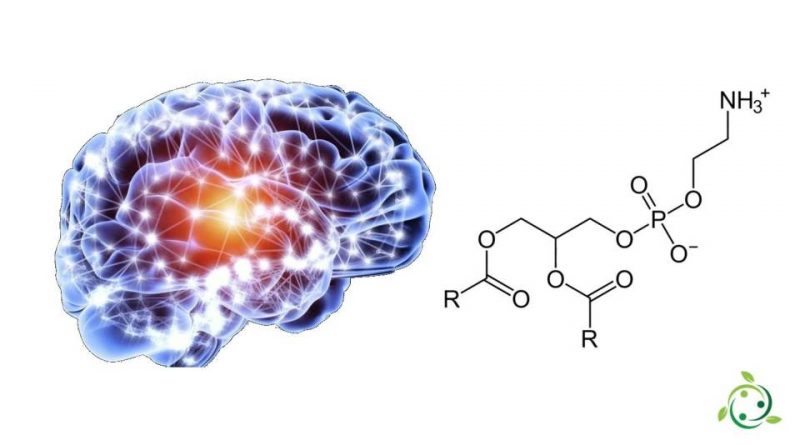Cephalin
Cephalin
The cephalin whose name derives from the Greek kephalḗ, head is a fat substance belonging to the category of phosphatides.
Cephalins are ordinary components of animal and plant tissues and are found in high concentrations especially in the brain and spinal cord.
From a chemical point of view, cephalins derive from the union of an α₁-phosphatidic acid with ethanolamine (phosphatidyl-ethanolamine), with serine (phosphatidyl-serine) and with inositol (phosphatidyl-inositol).
From a physical point of view, they appear as yellowish, amorphous, water-insoluble powders with a bitter taste and a characteristic odor.
The main function of cephalin in the human body is to serve as a vehicle in the body for fatty acids introduced in the diet.
Cephalins are used in medicine as local hemostats and in the laboratory in the Hanger reaction, a diagnostic test of liver function.
Warning: The information shown is not medical advice and may not be accurate. The contents are for illustrative purposes only and do not replace medical advice.

